Starting a clothing line or a fashion shop comes with many challenges, and crafting the perfect logo is one of the most important tasks. A great logo will capture your brand’s essence, appeal to your target audience, and stand the test of time. But how do you design a clothing logo that achieves all that? In this guide, we’ll walk through how to make a clothing brand logo step by step. We’ll cover what makes a good clothing logo, provide examples and ideas, and answer common questions (FAQ) from new entrepreneurs and marketers. By the end, you’ll know how to create a logo for your clothing brand that looks professional and sets your business apart.
Table of Contents
What Makes a Good Clothing Logo?
Before jumping into design steps, it’s important to understand the key qualities of a good clothing logo. In the fashion industry, your logo isn’t just on a website or business card – it will likely appear on clothing labels, tags, packaging, and possibly on the clothes themselves.
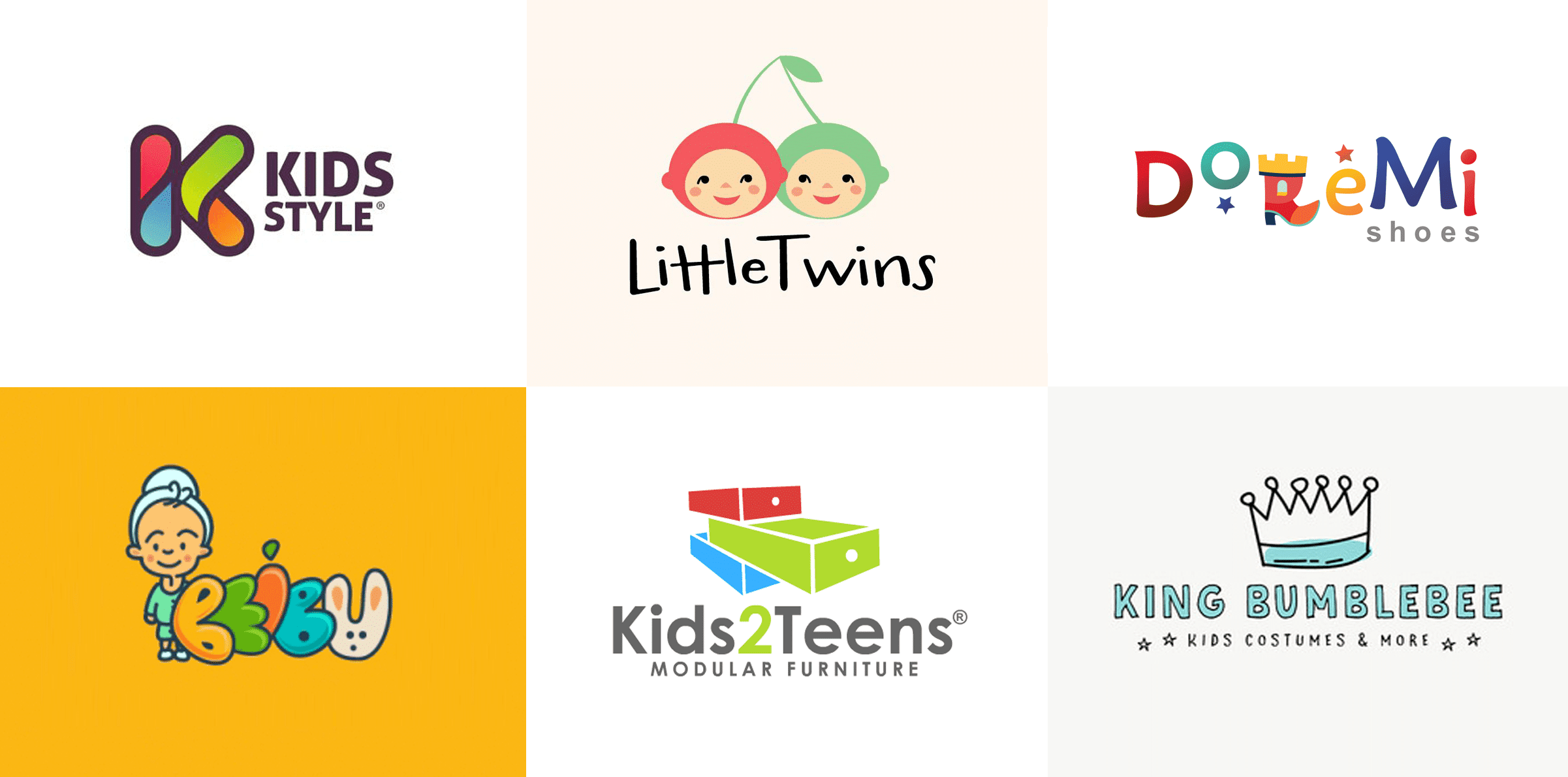
Here are some traits that make clothing brand logos successful:
- Simplicity and Memorability: The best fashion logos are simple enough to recognize at a glance. Think of Nike’s swoosh or Chanel’s interlocking C’s – these logos are minimalist but unforgettable. A cluttered or overly complex logo can be hard to read, especially when embroidered on fabric or printed small. Aim for a clean design that people will remember easily.
- Relevance to Brand Identity: Your logo should reflect what your clothing business is about. Is your brand high-end and luxury, or casual and sporty? A logo for a streetwear line might be bold and edgy, while a boutique for children’s clothes might use playful colors and a fun font. Make sure the style of the logo matches your clothing brand’s personality and values. For example, if sustainability is part of your brand’s mission, you might incorporate eco-friendly symbols or earthy colors into the design.
- Appropriate Colors and Fonts: In logo design for fashion, colors and typography convey a lot. Different colors evoke different emotions – for instance, black can signal elegance and sophistication, while bright pink might feel fun and youthful. Choose a color palette that aligns with your brand and appeals to your target market. Likewise, select fonts that are legible and on-brand. A luxury clothing logo might use a classic serif font, whereas a modern streetwear brand might prefer a bold sans-serif or even a stylized graffiti font. (More on choosing colors and fonts later in this guide.)
- Timelessness: Fashion trends come and go, but ideally your clothing logo design will last for years. While it’s okay to draw inspiration from current design trends, avoid anything that could make the logo feel dated too soon. Aim for a look that can evolve with your brand. Many famous clothing logos (like the timeless wordmark of Ray-Ban or the polo player emblem of Ralph Lauren) have remained essentially the same for decades because they chose enduring design elements.
- Versatility: A good clothing logo should look great everywhere – on screens, on clothing tags, embroidered on fabric, or printed on large signage. This means it needs to be scalable (clear and recognizable at any size) and work in different contexts. Test your design in one color (black or white) to ensure it’s still effective when color isn’t available. Make sure fine details don’t disappear or look muddy at small sizes. Remember, your logo must look clear even at its minimum size, such as a tiny label on a shirt. Versatility is key for a fashion logo since it will be used in many ways.
In short, a good clothing logo is simple, relevant, memorable, and versatile. It serves as the “face” of your brand and helps customers instantly recognize and trust your products. In a crowded fashion marketplace, a distinctive logo and branding can be one of the only ways to truly differentiate your products. Now that we know what makes a logo effective, let’s move on to how to design a logo for a clothing brand step by step.
How to Design a Clothing Brand Logo: Step-by-Step Guide
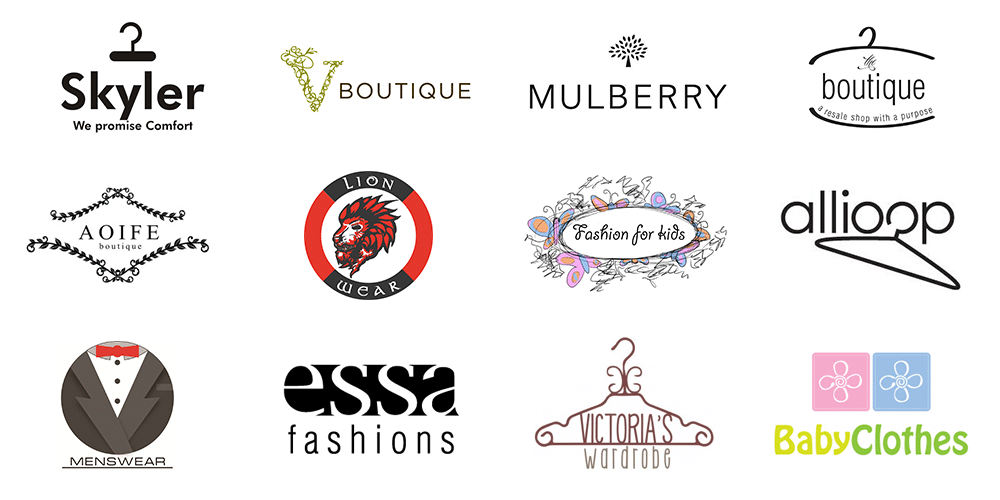
Many entrepreneurs ask “how to make a logo for your clothing brand” – the answer is to follow a clear design process. Even if you’re not a professional designer, you can create a great logo by taking it one step at a time. Here’s a step-by-step guide to design a clothing logo from scratch:
Step 1: Define Your Brand Identity and Audience
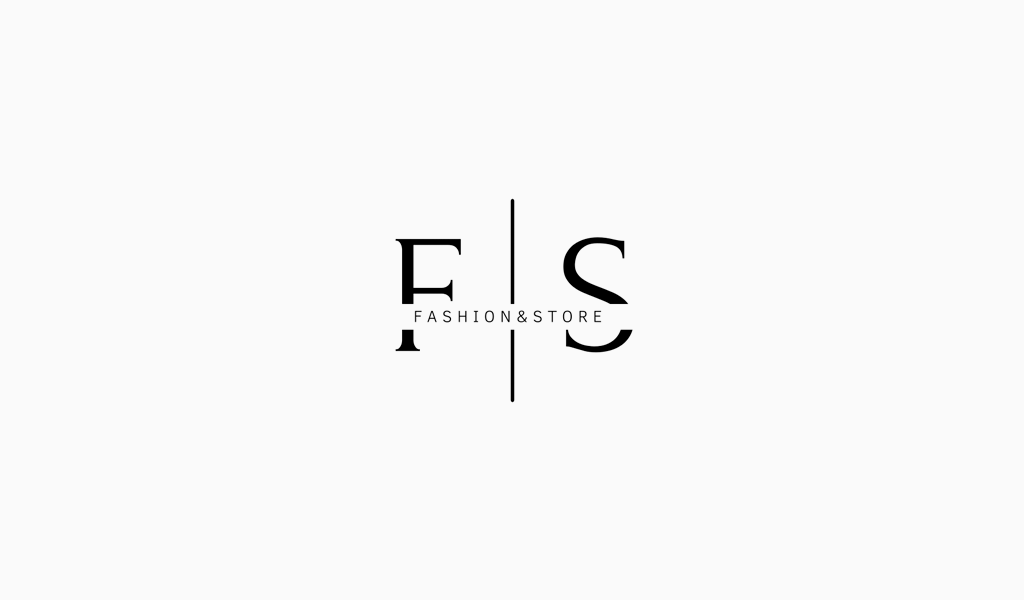
Start by clarifying the basics: what type of clothing do you sell, and who is your target customer? Your logo should visually represent your brand’s niche and vibe. Ask yourself a few questions:
- Do I sell casual wear or formal attire (or both)?
- Is my style trendy and edgy, or classic and elegant?
- Who is my ideal customer – teenagers, young professionals, parents, etc.?
- What values or story does my brand embody (e.g., sustainability, cultural heritage, luxury, affordability)?
The answers will guide your design choices. For example, if you’re launching a sports apparel line, you might want a dynamic, energetic logo. If your clothing boutique is all about eco-friendly materials, a logo incorporating a leaf or earthy color scheme could make sense. Your logo and overall branding should reflect what your company is about and the impression you want to give. This foundational step will ensure your logo is not just visually appealing, but also meaningful to your audience.
Step 2: Research the Fashion Logo Landscape
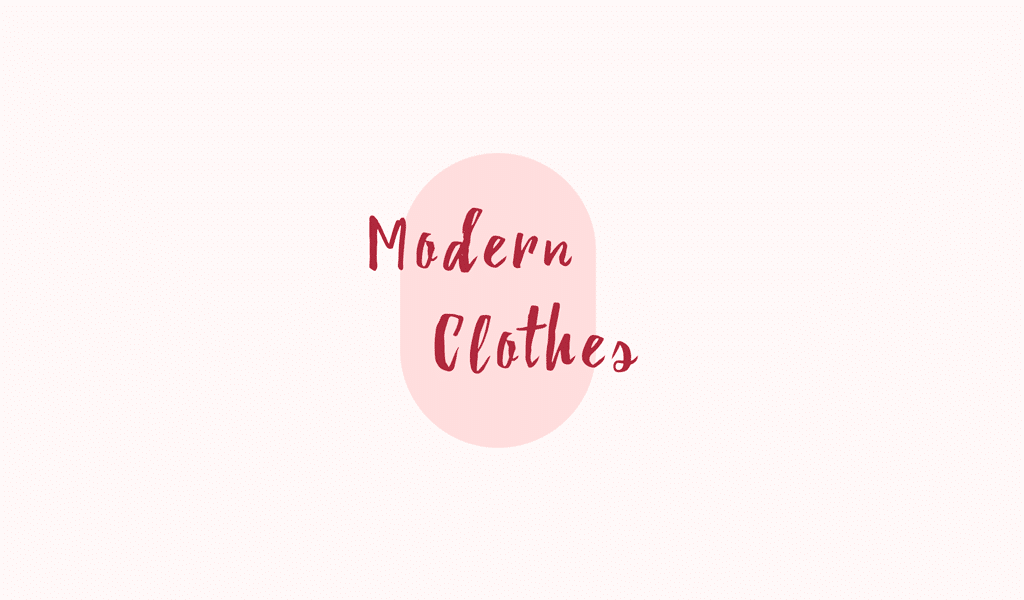
Before sketching ideas, do some homework. Look at other clothing brand logos in your market for inspiration. Research both famous clothing logos and local competitors:
- Make a collection of logos from brands similar to yours (both big labels and small indie brands). Note what you like or dislike about each. Do they mostly use symbols, or just stylized text? What colors are common in your niche?
- Study logo design trends in the fashion industry. For instance, many high-end fashion logos are simple wordmarks (just the brand name in a unique font), while streetwear brands often use bold, graphic icons. Athleisure brands might use dynamic, slanted text or abstract symbols that evoke movement.
- Look at a broad range of examples to spark ideas. You might discover that almost all surf clothing brands use a wave or ocean motif, or that luxury brands often use black and gold. Knowing these trends helps you make informed choices – either to align with customer expectations or deliberately to stand out.
While researching, remember not to copy anyone’s logo – your goal is to create a unique clothing logo for your brand. But gathering inspiration is a crucial step. It helps you understand what works well in your segment and how you can differentiate your design.
Tip: Also pay attention to how these logos appear on actual clothes or labels; this can give insight into what designs translate well to real-world use.
Step 3: Decide on Your Logo Style (Wordmark, Symbol, or Both)
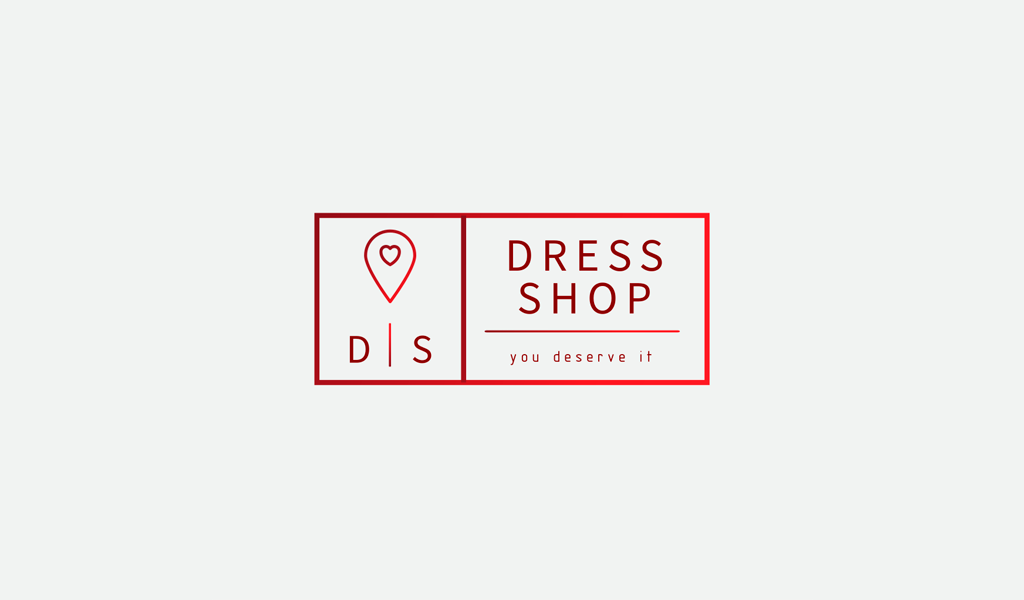
Logos come in various formats. For a clothing brand, you generally have a few common style options:
- Wordmark (Logotype): This is a text-only logo, typically the brand name in a distinctive font or custom lettering. Many fashion brands use wordmarks – examples include Google’s stylized text (for tech) or more relevantly Supreme’s bold text logo. A wordmark can be very versatile and directly ties your brand name to the visual identity. If your brand name is unique or meaningful, a wordmark is a strong choice. For instance, luxury designers like Oscar de la Renta and Calvin Klein simply use their name in elegant typography as their logo.
- Lettermark (Monogram): This is similar to a wordmark but uses initials or a short acronym. Some clothing companies with longer names opt for a monogram – for example, Louis Vuitton’s “LV” or Gucci’s double G are iconic monogram logos. If your brand name has two or three words, a monogram can create a sleek symbol from those letters.
- Symbol or Icon: This is a graphic mark or emblem that represents the brand. It could be an abstract shape or something representative of fashion. For example, Nike’s swoosh doesn’t show the company name, but it’s universally recognized. Lacoste’s crocodile or Polo Ralph Lauren’s horseman are symbols tied to their brand story or name. An icon can be used alone or alongside your brand name. Many modern streetwear brands have a symbol plus a wordmark that can be used together or separately.
- Combination Mark: Often, clothing logos start as a combination of a symbol + wordmark. This gives flexibility – you can use the full logo in most cases, but you might later use just the symbol on clothing tags or just the wordmark on certain labels. For a new brand, a combination logo covers all bases.
Consider what suits your brand name and style. If you have a short, distinctive name, a wordmark or monogram might suffice. If your name is more common, adding a unique icon could help distinguish your logo. Also consider where your logo will appear most often: on tags and product labels, a symbol might need to be small, so simple shapes work better than intricate drawings.
Step 4: Choose the Right Colors and Typography
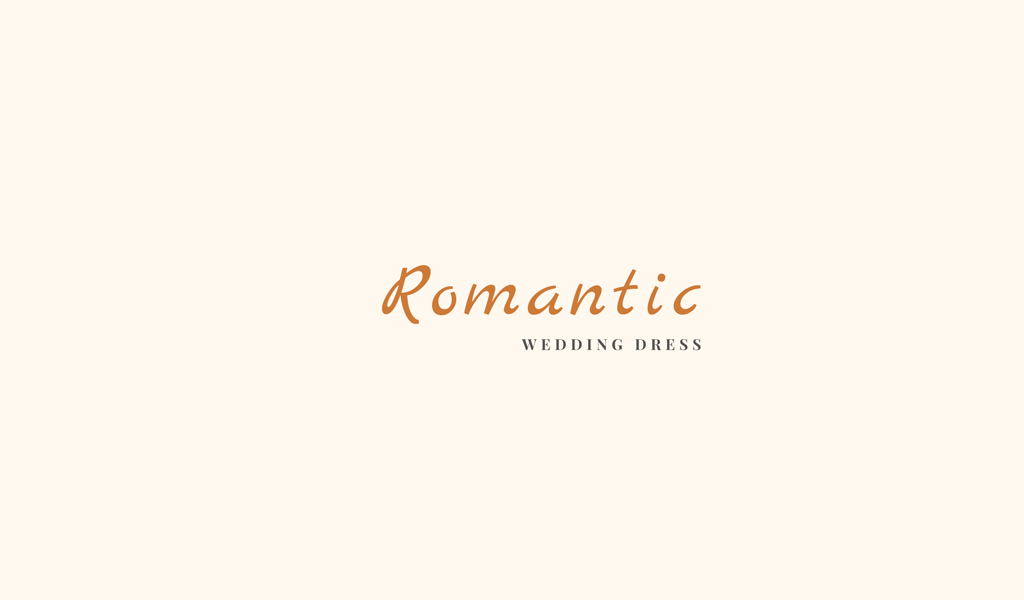
Now it’s time to pick the color scheme and fonts that will define your logo’s look. This is a crucial part of designing a logo for clothing because colors and typography convey mood and brand positioning:
Color Selection
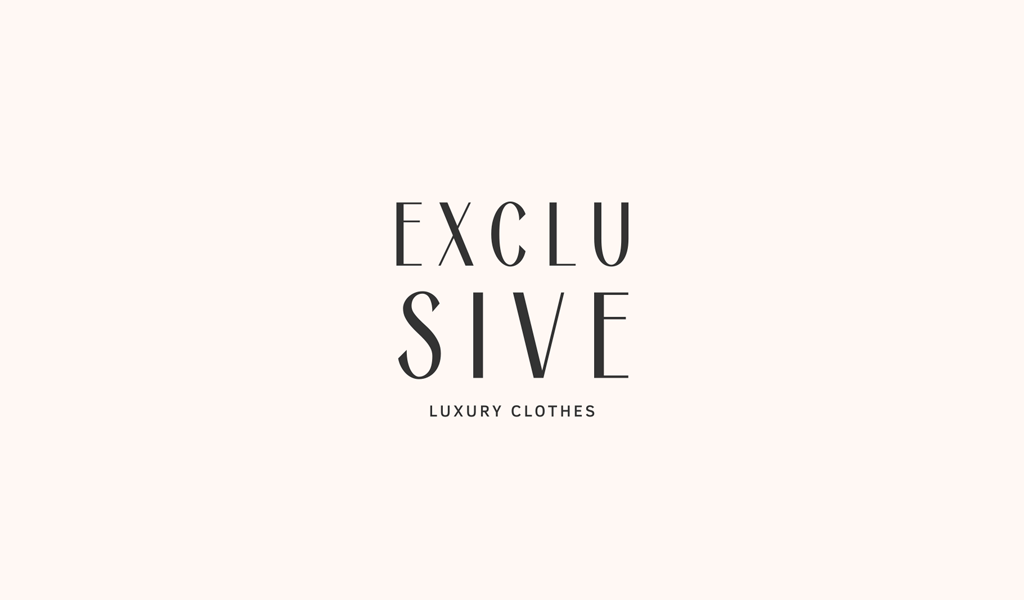
Limit your logo to two or three colors maximum for simplicity. Many effective logos use just one or two. Think about the emotions associated with colors (color psychology). For example:
- Black and white are classic and work for luxury or minimalist brands (many fashion logos are simply black text on white).
- Bright colors like red, yellow, or electric blue can convey energy and youthfulness (great for streetwear or kids’ clothing). Red often represents energy or passion, while pink can signal a fun, kid-friendly brand.
- Earth tones (greens, browns) might suit an eco-friendly clothing line or outdoor apparel.
- Pastels could work for a boutique or feminine brand, giving a soft, elegant feel.Also consider practical aspects: Will the colors look good on fabric? Neon green might pop on a screen, but could be hard to print or weave into a label.
- Solid colors (flat tones) generally reproduce better on various materials than gradients or very light tints. You can always create variations of your logo (like an all-white version) to use on different backgrounds.
Typography
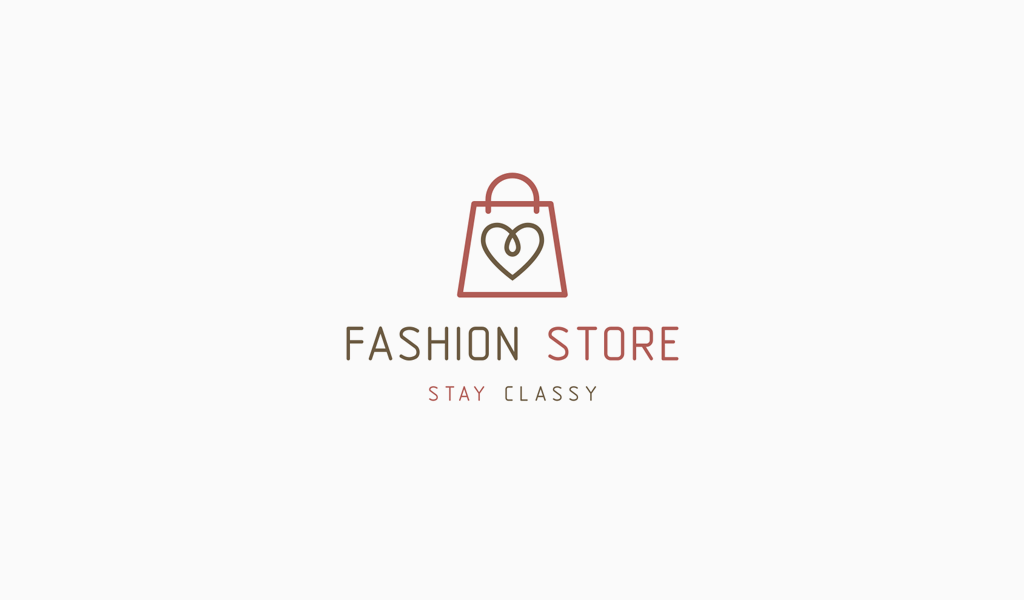
If your logo includes text (wordmark or with a tagline), choose fonts carefully. The font should match your brand vibe and be easy to read. Cursive or script fonts can look luxurious or personal (many high-fashion brands use cursive logos that resemble signatures, like Oscar de la Renta or Christian Dior), but make sure they’re not too hard to decipher. Bold sans-serif fonts can appear modern and strong (think Fendi or Supreme). Serifs can add a classic or upscale feel (like Dolce & Gabbana or Yves Saint Laurent wordmarks which use refined serif fonts). If you use a script or very stylized font, test it at small sizes – can someone still read the brand name on a tiny clothing tag?
Readability is crucial, as noted before: your logo should be instantly readable at any size or on any background. Sometimes designers customize or even hand-draw lettering for logos to give a unique flair. That can be great if you have the skill, but if not, there are plenty of professional font choices available.
One trick is to start in black and white. Design your logo in black text on white (or vice versa) first. If it looks good in monochrome, it will likely look great in color. Once you’re happy with the form and font, then apply colors. Keep the palette minimal and complementary. Remember, don’t make your logo a rainbow – too many colors can be overwhelming. Simple is usually more impactful.
Step 5: Sketch Ideas and Experiment
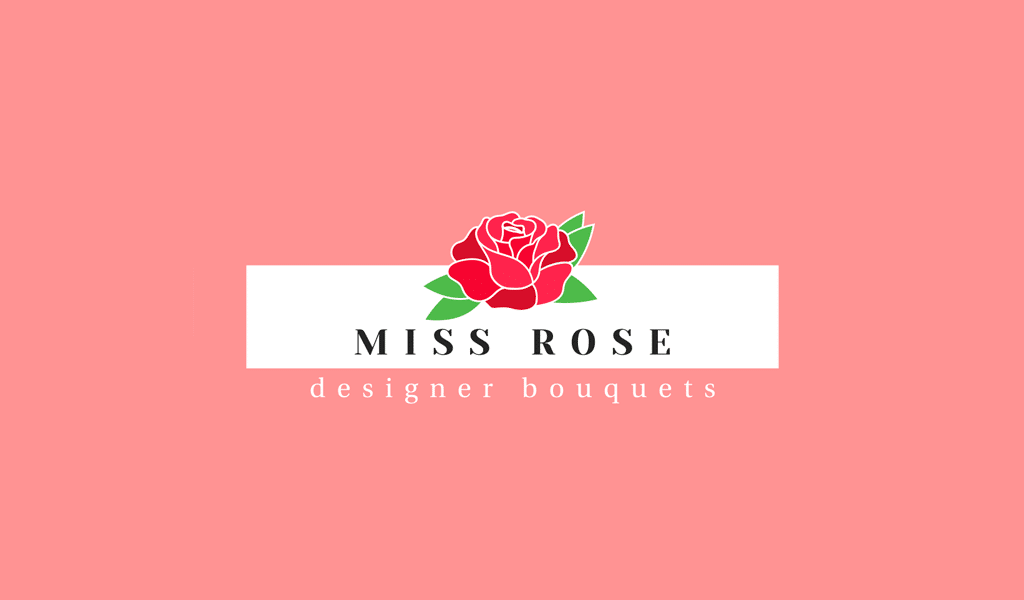
Now the creative part – making the logo. Grab a pencil and paper, or fire up a design tool (Adobe Illustrator, Photoshop, or even free tools like Canva). Start sketching different ideas based on the decisions you made in previous steps. Don’t worry if you’re not an artist; rough sketches are just to get concepts down:
- Combine elements: Try pairing your brand name in your chosen font with various icons or decorations. For example, if you brainstormed a symbol (say, a hanger, needle & thread, animal mascot, or abstract shape), draw it next to or above the brand name in different layouts. Also test just the initials with a shape if you considered a monogram.
- Try different arrangements: Maybe the text wraps around an emblem (common in emblem logos that look like badges/crests), or maybe the icon replaces a letter in the word (for example, a T-shirt icon replacing the “O” in a word).
- Scale as you go: Shrink your sketches or designs to see if they still work small. This is especially important for clothing logos since they often end up small on labels. A design that relies on fine detail might need simplification.
- Explore multiple concepts: In the early stage, generate a variety of ideas. Don’t be afraid to think “outside the box” – you might doodle something abstract that later becomes a unique logo. Fashion is a creative field, so let your imagination free here.
If you prefer digital from the start, you can use online logo design tools to jumpstart the process. Logo maker tools (like our own Turbologo) let you input your brand name and style preferences and then generate dozens of ready-made logo ideas you can customize. This can be a huge time-saver if sketching isn’t your forte.
You can try Turbologo – an easy online logo maker – to create a clothing logo in minutes. Simply enter your brand name and a few preferences, and Turbologo will generate logo concepts that you can tweak (colors, fonts, icons) until you have the perfect design.
Using a logo maker is especially helpful for non-designers: it provides professionally designed templates and ideas, which you can then personalize. Whether you sketch by hand or use a digital tool, the goal of this step is to produce a “prototype” logo or a few variations that you can refine.
Step 6: Refine Your Design (Simplify and Perfect It)
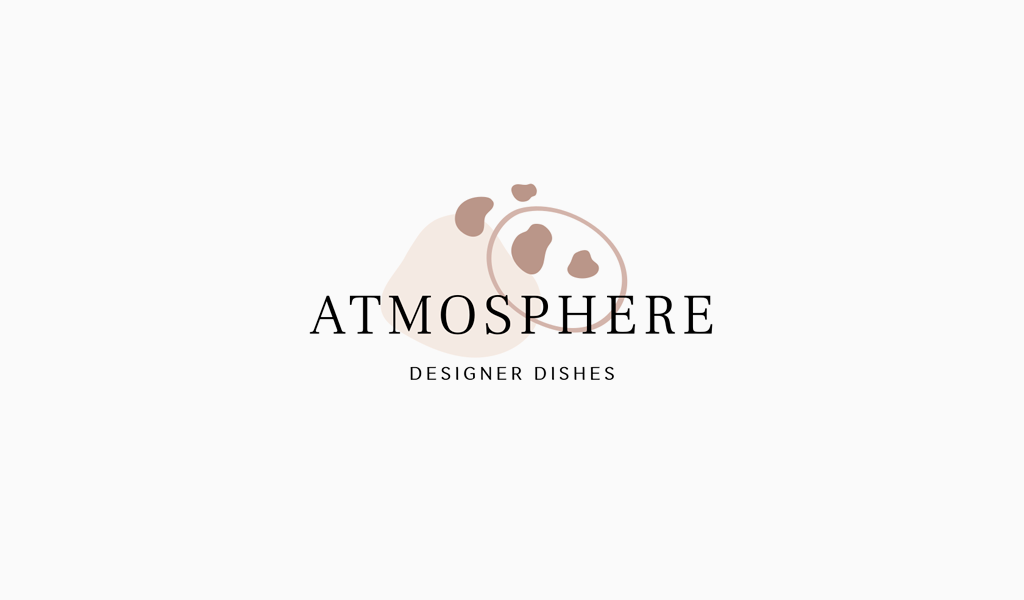
Once you have a draft logo design you like, it’s time to polish it. This step is all about refinement and simplicity. Review your concept critically:
- Remove any unnecessary details. Ask yourself, can any element be simplified further? Logos that are too busy won’t scale well or may confuse viewers. For example, if you drew a complex icon (like a detailed dress or a skyline), consider simplifying it to its basic shapes or outline. Remember the advice: “As you can see, it’s the reward of simplicity, so keep it simple.” A clean, simple logo tends to be more versatile and impactful.
- Ensure balance and alignment. The text and symbol (if you have both) should feel balanced. Adjust spacing (kerning between letters, space between icon and text) so that nothing looks awkward. Center things or align edges in a pleasing way.
- Experiment with variations: try your logo in black and white, all one color, and on different background colors. It should still “work” in grayscale or inverted form. Also consider any alternate layouts – for instance, a horizontal version and a stacked (vertical) version. You might use one for labels and another for your website, etc.
- Check scalability: Print your logo on paper in a very small size (like 1 inch or 2 cm wide) to simulate a clothing label. Is it still clear? Also, view it large to see if it remains sharp and well-defined. Many designers create a version of the logo specifically for small use, simplifying or removing taglines when needed.
This refinement stage can take some time, but it’s worth the effort. You’re essentially polishing your rough logo into a professional-looking emblem for your brand. Don’t hesitate to go through several rounds of tweaks – change the font if it doesn’t feel right, adjust the icon size relative to text, try slightly different colors, and so on.
Step 7: Get Feedback and Test Your Logo
Design can be subjective, so it’s valuable to get a second (or third) opinion. Show your refined logo to a few trusted people – ideally individuals who resemble your target customers, or colleagues in the industry. Get feedback on questions like:
- “What first comes to mind when you see this logo?” (Does it match the vibe you intend? For example, you don’t want people saying a logo looks “playful” if your brand is luxury formalwear.)
- “Is it easy to read and recognize?” (Especially ask if any fonts or symbols are confusing.)
- “Does it remind you of any other brand?” (You want to avoid unintended similarities to competitors.)
Gathering feedback can reveal issues you overlooked. Maybe multiple people find a particular letter hard to read, or they interpret an abstract icon differently than you intended. Use this input to refine the logo further. However, remember that ultimately it’s your brand – incorporate feedback that makes sense, but also trust your vision.
It’s also a good idea to test your logo in real-life scenarios before finalizing. For example, create a quick tag or label mockup: print your logo on paper and attach it to a clothing item to see how it looks. Or do a digital mockup on a T-shirt or hat to visualize it on products. This can confirm that your logo will work well on the mediums you need (woven labels, printed materials, etc.).
Step 8: Finalize and Save Your Logo Files
After tweaking based on feedback, you should have a final logo design that you love. Congratulations – you’ve created your clothing brand logo! Now, ensure you have the right files and formats for use:
- Save a high-resolution vector file of the logo (SVG, EPS, or PDF format). Vectors are crucial because they can scale to any size without losing quality – perfect for printing on large signs or tiny labels. If you used a logo maker like Turbologo, it should provide you a vector file upon download.
- Also export the logo in common bitmap formats like PNG (portable network graphic) with a transparent background, so you can easily place it onto images or websites. Get it in a large size (e.g. 1000px wide) so you can resize as needed.
- Create versions in the standard colors, and also an all-white and all-black version for flexibility. Often, a white version is used on dark backgrounds and a colored or black version on light backgrounds.
- Organize a brand kit: note the exact color codes (hex or RGB values) and fonts used in the logo. This helps ensure consistency in all your branding materials beyond the logo (website, business cards, packaging, etc.).
Finally, start using your new logo everywhere! Put it on your clothing labels, update your social media profiles, and incorporate it in your marketing. A consistent, well-designed logo will start building brand recognition among your customers.
Using a Logo Maker vs. Hiring a Designer
By now, you might be wondering: “What if I’m not a designer? Can I create my own clothing logo without graphic design skills?” The good news is yes, you absolutely can. Many clothing business logos are created by the entrepreneurs themselves using accessible tools. There are two main routes to get a logo: do it yourself (with software or a logo maker) or hire a professional designer. Each approach has its pros and cons:
DIY with Online Tools
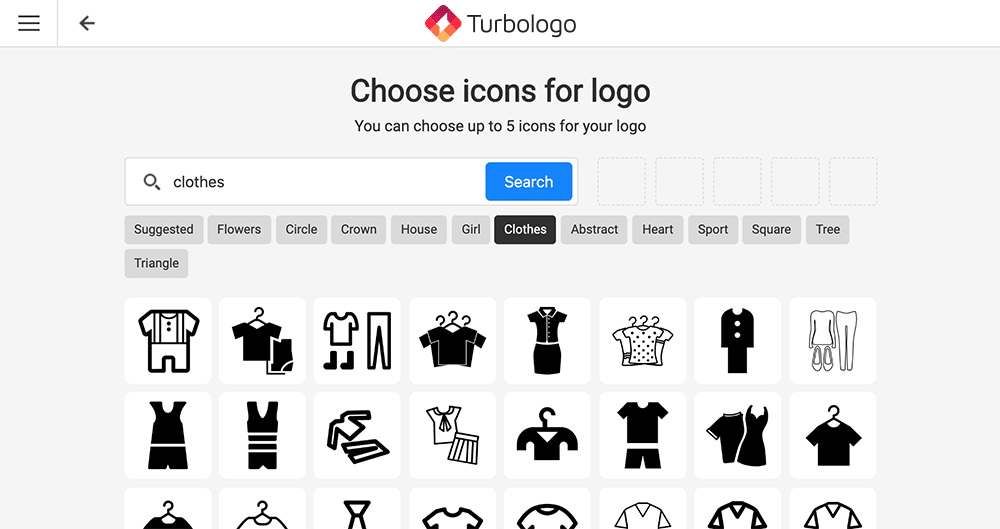
If you have a tight budget or you enjoy the creative process, using an online logo maker (like Turbologo, Canva, Looka, etc.) is a convenient option. These tools are user-friendly and guide you through creating a logo step by step.
For instance, Turbologo’s clothing logo maker lets you choose your industry and style preferences, then it generates logo ideas that you can customize. You don’t need advanced skills – just select layouts, fonts, and colors you like. DIY tools are fast and affordable (some are even free to try).
The downside is that the logo might not be 100% unique if using a template that others could use, but by customizing fonts and icons, you can still make it original. This option is great for making a clothing logo quickly and getting a professional look without hiring someone. Many entrepreneurs use logo makers to create their own clothing logo online and get their business running fast.
Hiring a Professional Designer
If you have a larger budget and want a truly one-of-a-kind logo, working with a graphic designer or agency can be worth it. A professional designer will take the time to understand your brand deeply and craft a logo from scratch, often providing multiple concepts to choose from. They can create complex illustrations or custom typography that a standard logo tool might not offer. The result can be outstanding and perfectly tailored to you.
However, this route is more expensive (logos can cost anywhere from a few hundred to thousands of dollars, depending on the designer’s experience and the project scope). It also usually takes longer (days or weeks for revisions and finalization). For a small business or startup clothing line, this might be out of reach initially. If you feel you can’t design a logo by yourself or you’re not satisfied with DIY results, then hiring a professional logo designer is an option. Just be sure to look at their portfolio and ensure they understand fashion branding.
Many new clothing brand owners start with a DIY logo (to save time and money), and that’s perfectly fine. You can always consider a rebrand or a refined logo later as your business grows. The key is to have something professional and cohesive from the start, so your brand looks legitimate. Whether you create it on your own or with help, your logo will be a critical asset for marketing your clothing business.
Tips and Ideas for Clothing Logo Design
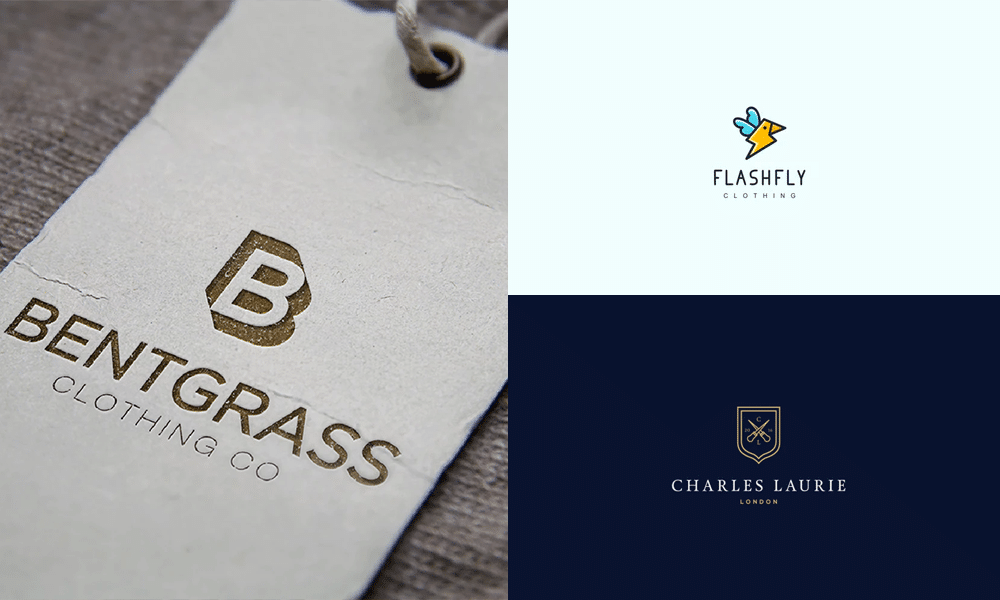
To round out our guide, here are a few extra logo design ideas for clothing brands and tips to keep in mind:
- Think About Usage on Clothing: If your logo will be displayed on clothes (like as a chest print on a T-shirt or a small emblem on a hat), design with that in mind. Some brands use a simpler version of their logo for the actual apparel. For example, a brand might have a full wordmark logo but use just an initial or symbol on the garments for a cleaner look. Make sure your design is flexible enough for these scenarios. Perhaps your full logo has the brand name plus an icon, and you can sometimes use just the icon as a “clothing emblem” on the products.
- Consider Tagline or No Tagline: A tagline (a short slogan) in a logo is optional. Most clothing logos do not include a tagline, as it can make the design busier and taglines are hard to read at small sizes. It’s usually best to stick with your brand name (and maybe an icon). If you do include a tagline (e.g., “Est. 2025” or “Luxury Streetwear”), be prepared to drop it in smaller uses of the logo.
- Draw Inspiration from Fashion History: The fashion industry has a rich history of branding. It might help to look at famous clothing logos and learn the stories behind them. For instance, Versace’s medusa logo conveys the idea of mesmerizing beauty (from Greek mythology) and has a very ornate, luxurious look. Nike’s swoosh was inspired by the wing of the Greek goddess of victory (Nike) and signifies movement and speed, perfect for a sportswear brand. You don’t need a mythological story for your logo, but having a meaning or story (even a simple one like “the crown icon represents confidence and self-expression”) can give your logo an extra layer of depth that resonates with customers.
- Don’t Be Afraid to Be Unique: The clothing and fashion industry logos often push creative boundaries. Unlike more conservative industries, fashion allows for a bit of eccentricity and art. If a quirky or bold design fits your brand, go for it. For example, streetwear and avant-garde fashion brands sometimes use hand-drawn logos, graffiti-style text, or unexpected symbols. Being unique is how you’ll create a cool clothing logo that young trendsetters love. Just balance creativity with clarity – even the coolest logo fails if people can’t tell what it is.
- Stay Consistent: Once you have your logo, use it consistently across all branding materials. Consistency helps build brand recognition. Use the same colors, same version of the logo, and don’t stretch or alter it in ways that degrade its appearance. Create brand guidelines if necessary (a simple PDF outlining how to use the logo, what colors are official, spacing rules, etc.). This is especially useful if you’ll have others (like printers or web designers) using your logo, so they apply it correctly. Consistency will make your clothing brand logo become synonymous with your business in customers’ minds.
By following these tips, you’ll avoid common pitfalls and create a logo that not only looks good but also serves your brand’s needs effectively.
Frequently Asked Questions (FAQ)
Q1: How can I make my own clothing brand logo for free?
A: Use free tools like Turbologo, Canva, or Wix. Enter your brand name, choose a style, customize fonts and colors. High-res downloads may cost extra.
Q2: What are some good logo design ideas for clothing brands?
A: Clothing symbols, monograms, minimal shapes, handwritten signatures, or creative negative space — keep it simple and on-brand.
Q3: Should I put my brand name in the logo or just a symbol?
A: For new brands, combine name and symbol for recognition; later you can use the symbol alone.
Q4: What are the best colors for a fashion or clothing logo?
A: Black/white for classic, red for bold, earth tones for eco, pastels for soft style, bright colors for youth. Stay consistent.
Q5: Can I change my clothing logo later if I don’t like it?
A: Yes, rebranding is possible. Start with a simple design to keep recognition when updating.
Q6: What are some examples of famous clothing logos and why do they work?
A: Nike (dynamic), Adidas (simple, repeated), Chanel (elegant monogram), Lacoste (personal story), Louis Vuitton (pattern), Supreme (bold minimalism). Common traits: simplicity, meaning, consistency.
Conclusion
Designing a logo for your clothing brand is a critical step in building your business’s identity. It might seem daunting at first – after all, that small symbol will carry a lot of weight! But by breaking the process down (understanding your brand, researching ideas, choosing the right style, and refining your design), you can create a logo that you’re proud of and that resonates with your customers. Remember to keep it simple, relevant, and versatile. Whether you draw inspiration from all clothing logos out there or come up with something completely original, make sure it truly represents your brand.
If you’re not a designer, tools like Turbologo are there to help generate professional-looking logos with ease. And if you prefer to hire a pro, that’s fine too – the end goal is a logo that elevates your brand image. As you put your new logo on your website, social media, and of course your clothing products, you’ll start to establish a consistent and memorable brand presence.
In the highly competitive fashion industry, a strong logo can be the difference between blending in and standing out. Your logo is often the first thing a customer sees – on a storefront sign or an online thumbnail – so put in the effort to make it count. Now that you know how to create a logo for a clothing company, it’s time to put pen to paper (or mouse to screen) and bring your vision to life. Good luck with your clothing logo design, and happy branding!

SEO specialist, link builder, and blog editor at Turbologo. Writing insightful content about marketing, design, and branding. Sharing practical tips on building and promoting brands online.

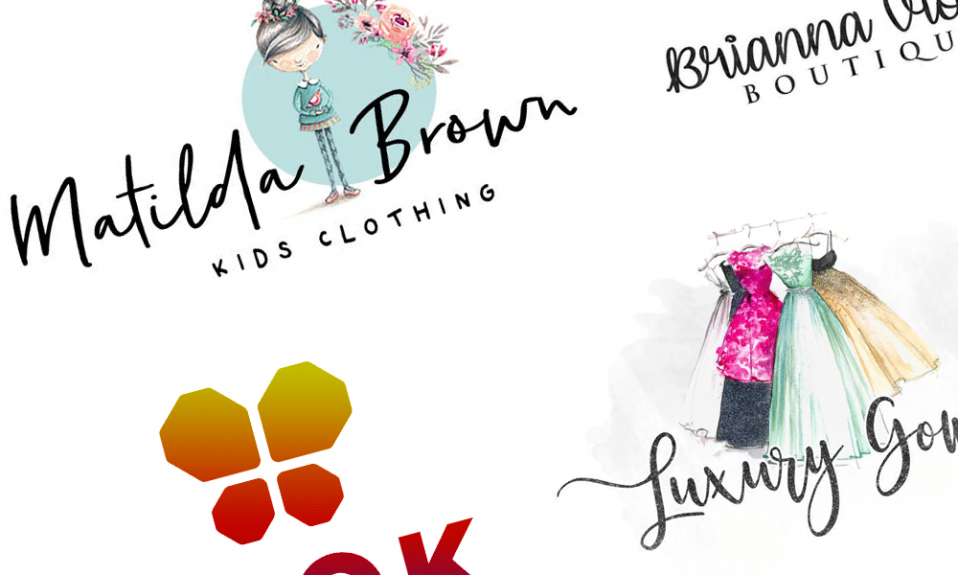
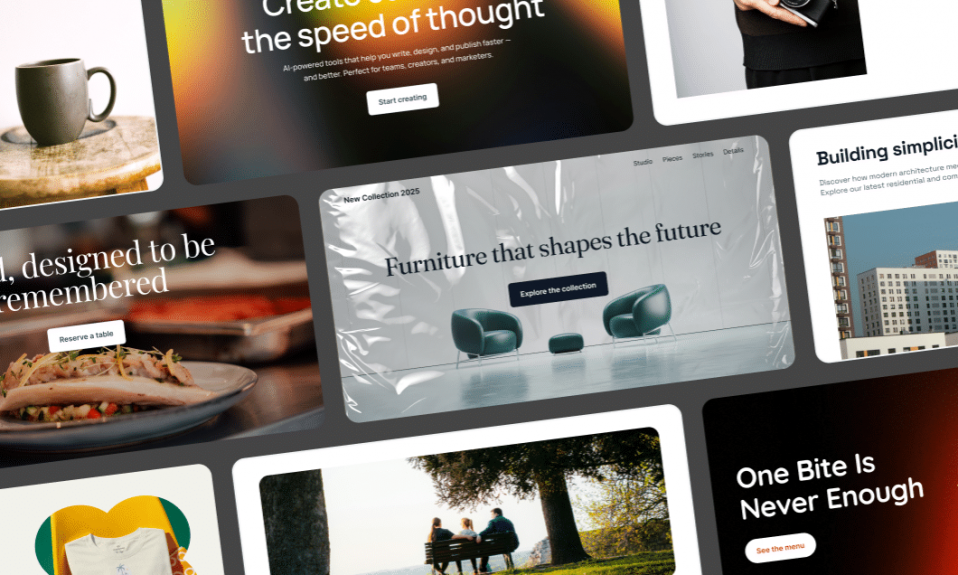
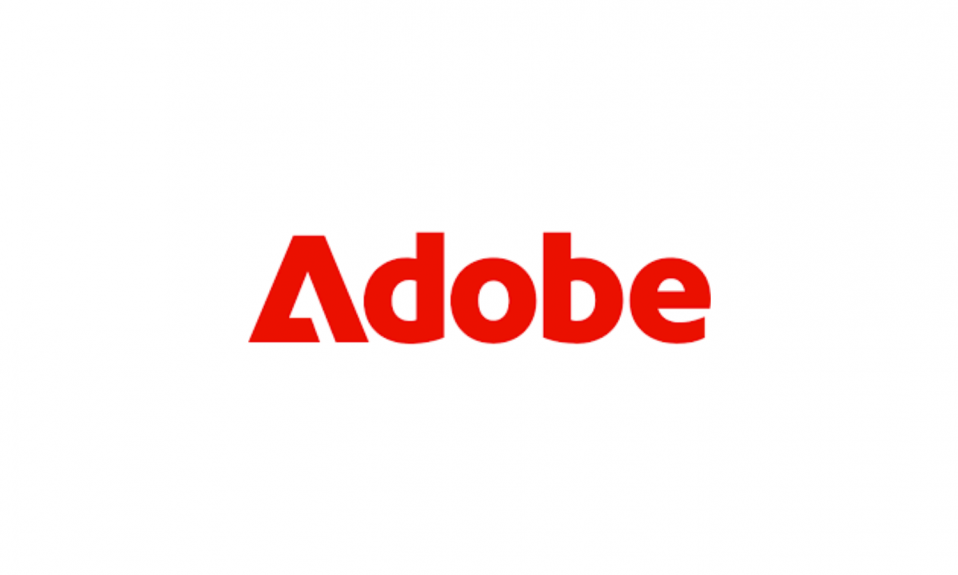
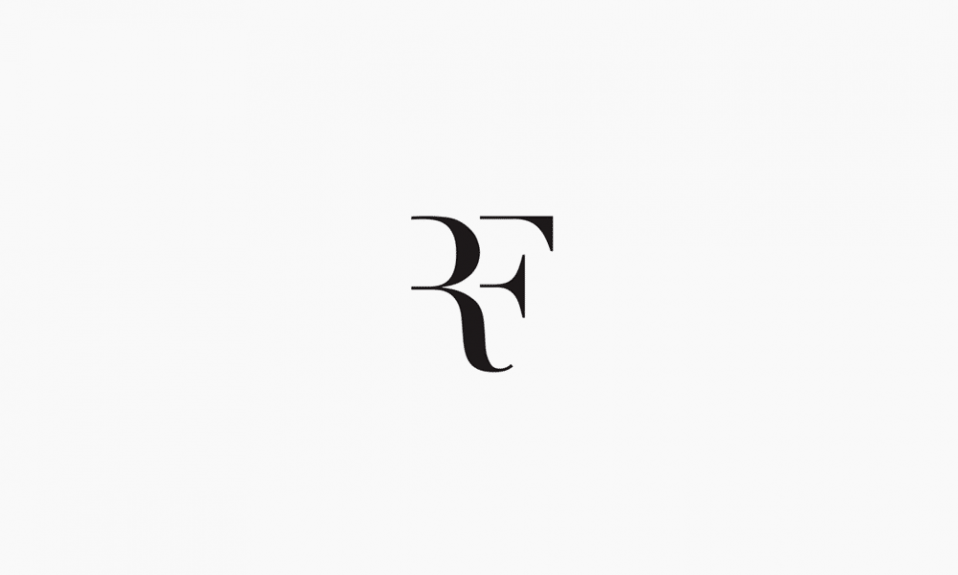
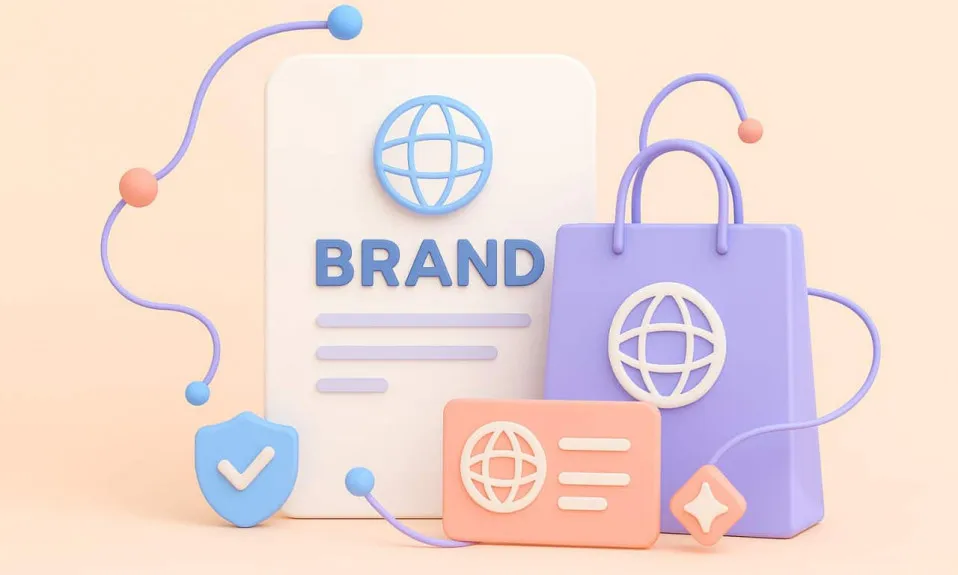
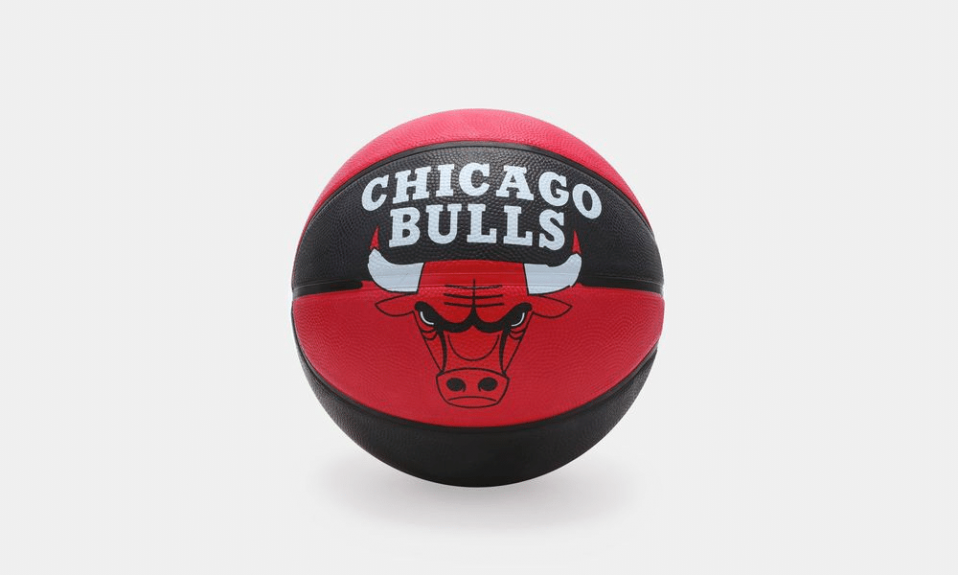
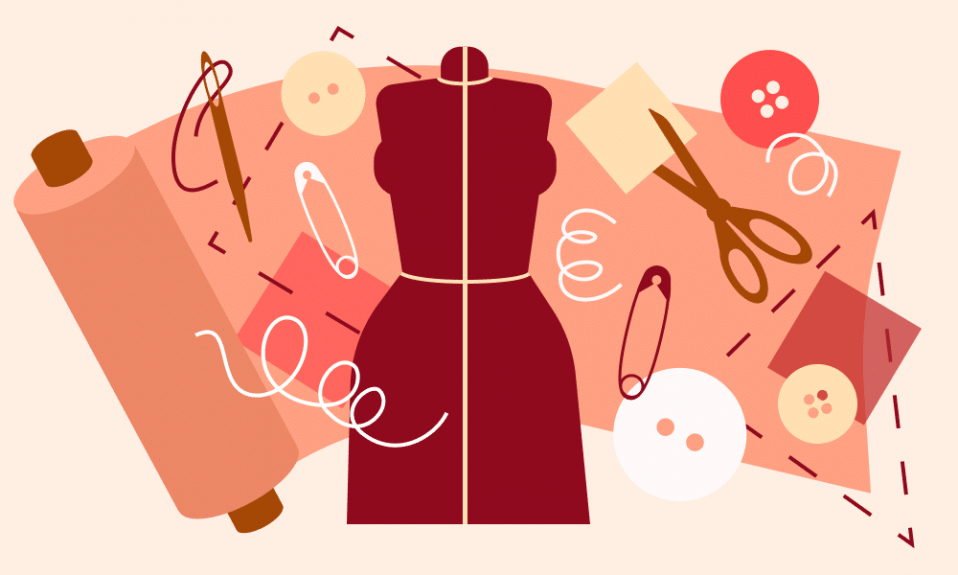
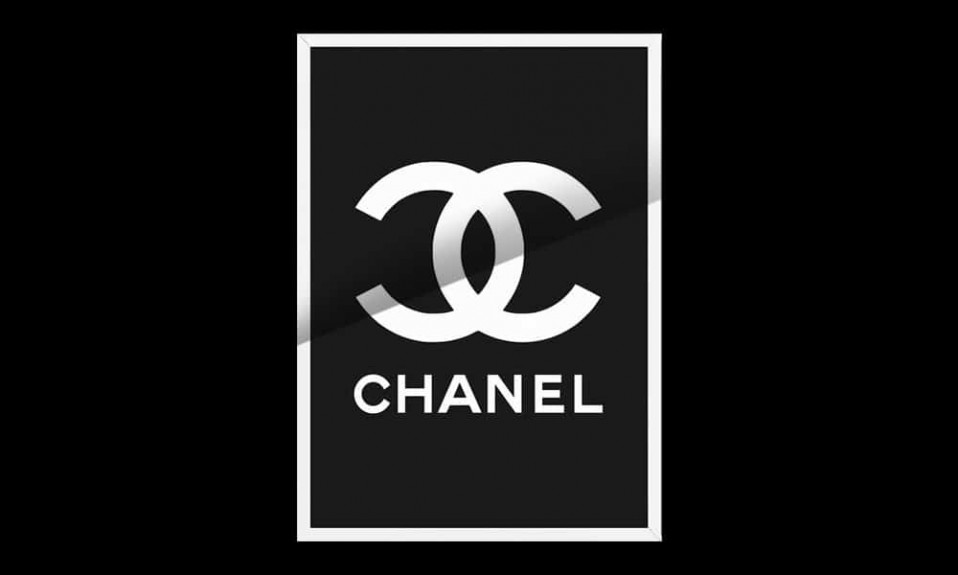
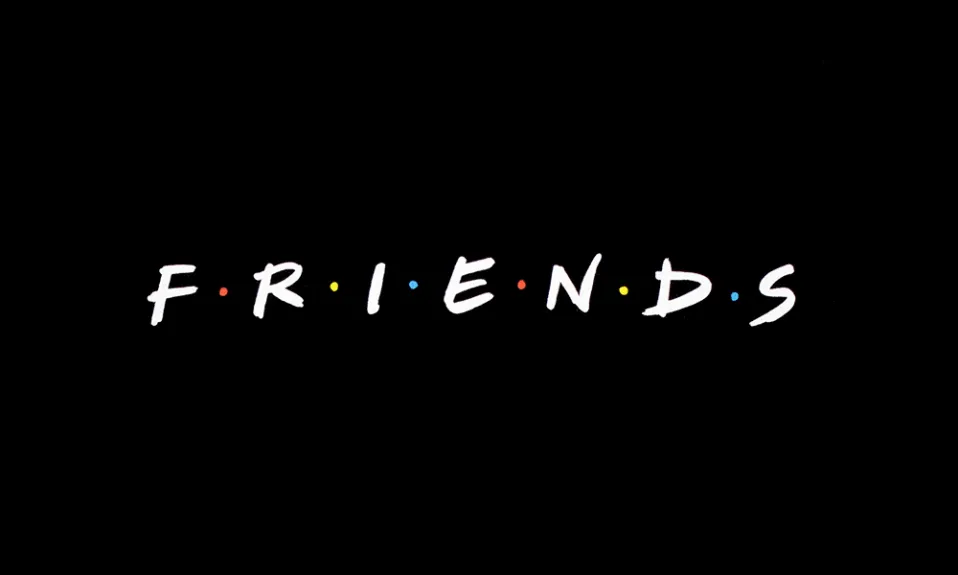
Yes, you rightly said that every business needs a specific logo that can represent a company. This blog is useful, thanks for sharing this blog.